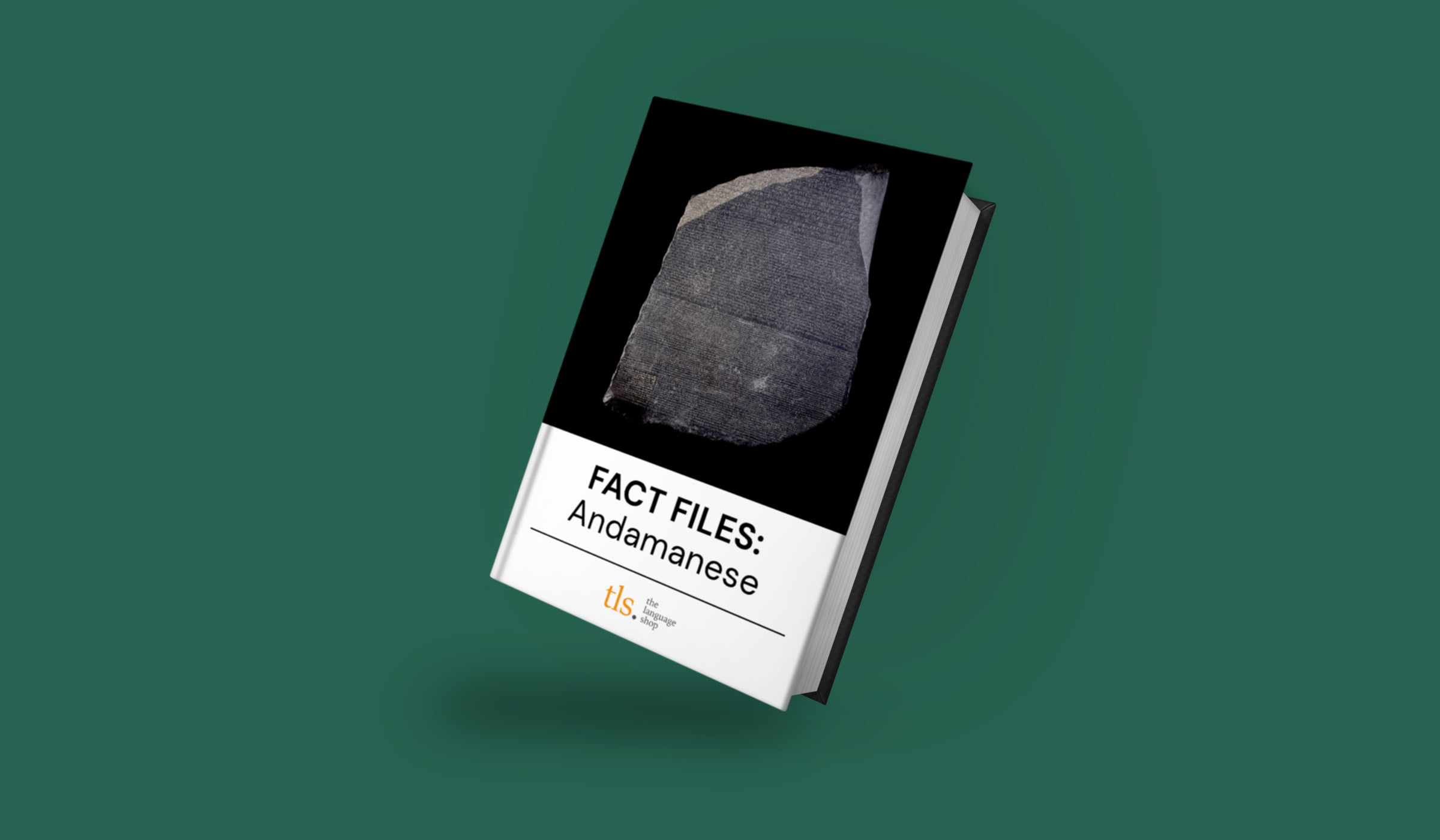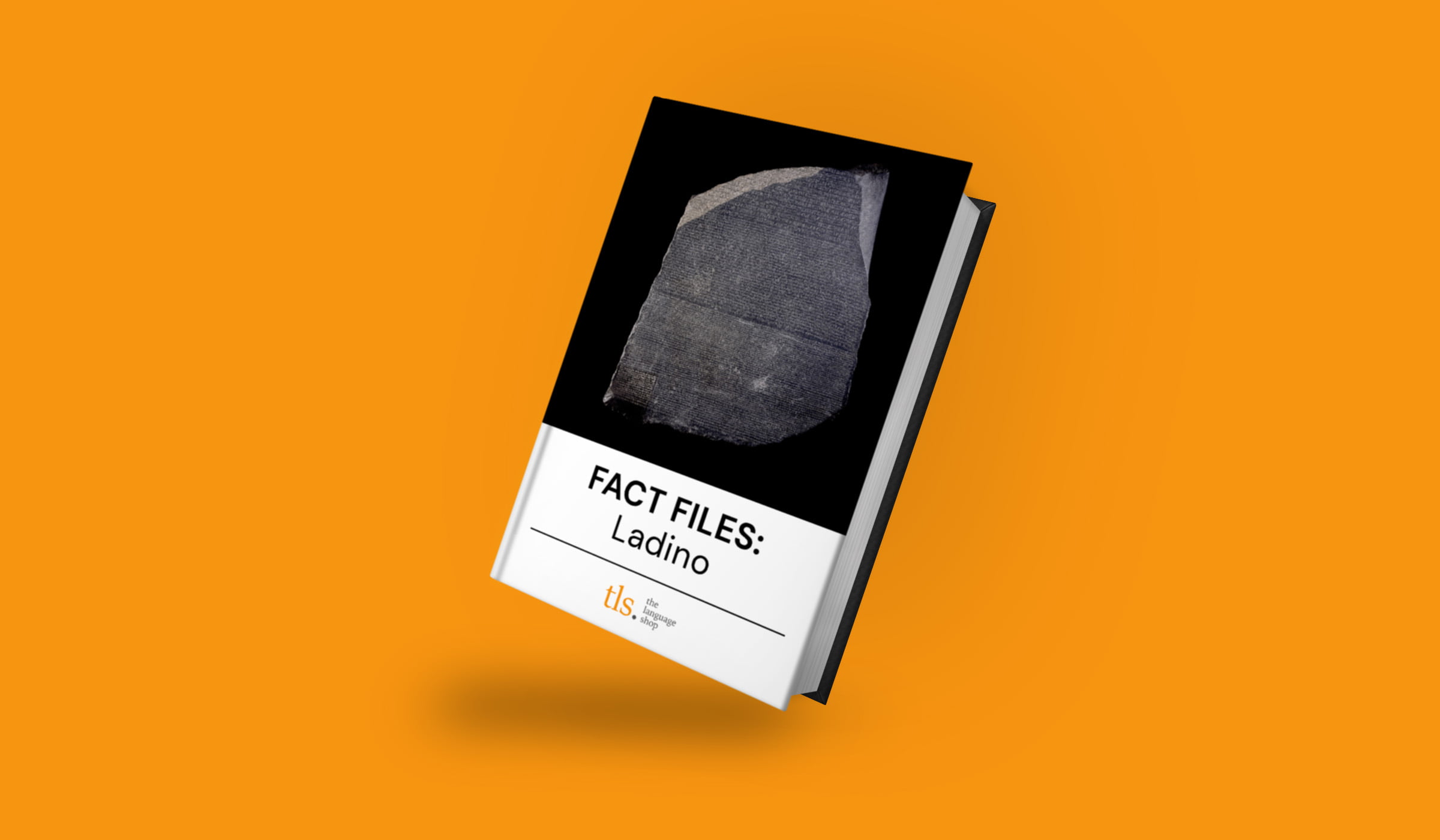Rare language fact file: Andamanese languages

At The Language Shop we like to shine a light on some of the rarer languages spoken across the world, many of which have long and fascinating histories. This month we take a closer look at the Andamanese languages.
Native to: The Andaman Islands
Number of native speakers: Approximately 344
Spoken by: People living on the Andaman Islands
Learn some: Despite being tiny, the islands are home to very distinct languages. Bengali is the most widely spoken language across the islands, so a safe bet for greeting people is nomoshkar, which is the Bengali for hello.
Interesting facts:
- Great Andamanese is unlike any other language on the planet and is believed to be one of the very few remaining palaeolithic languages. This language is distinct from those spoken by other tribes on the islands, the Jarawas and the Onges; for example, eye in Jarawa and Onges languages is ejebo, whereas in Great Andamanese it is ulu.
- The British built a penal colony on the Andaman Islands in the second half of the 19th century. Prior to this, there was no written record of the Andamanese, but indications are that as many as 5,000 islanders lived there. With an influx of foreigners on the islands, by 1961 there were just 19 Andamanese left, due to disease and poor living conditions.
- Possibly in response to this, the Sentinelese islanders, whose homes lie to the west of the main Archipelago, are extremely resistant to any contact with the rest of the world. They are known to have killed people for coming near to their island, including a Christian missionary as recently as 2018. As a result, almost nothing is known about them or their language.
The Language Shop provides support in any language you may need, including many of the rarer ones. Get in touch with us to find out more.
Keep up to date with all our latest news here and on social media – we are on Facebook, Twitter and LinkedIn.
Rare language fact file: Ladino

At The Language Shop we like to shine a light on some of the rarer languages spoken across the world, many of which have long and fascinating histories. This month we take a closer look at Ladino.
Native to: Europe, but predominantly spoken in Israel
Number of native speakers: Less than 60,000
Spoken by: Some groups of Sephardic Jews
Learn some Ladino: If someone sneezes, the Ladino way to respond is a bit longer than the English. They say: “Bivas, kreskas, engrandeskas, komo un peshiko en aguas freskas! Amen!”
Interesting facts:
- In 1492, Jews living in Spain were forced to either convert to Catholicism or leave. Many fled elsewhere, blending their own language of Old Spanish with Hebrew and the languages of the countries where they settled. The language that evolved was called Judeo-Spanish Ladino. Because the Spanish Jews fled to many different countries, Ladino has a large variety of dialects.
- Ladino has struggled to survive, in part because the community was fractured and its people eventually adopted the various languages of the countries they settled in. In addition to this, the first waves of Jewish diaspora in the US were from mostly Germany and Eastern Europe, and Yiddish became the language of the Jewish community there. There is now a movement to revive the language, driven by Sephardic Jews in the US.
- Ladino was immortalised by Hollywood in the 1986 film, Every Time We Say Goodbye, starring Tom Hanks. In the film, Tom Hanks’ character, a gentile, falls in love with a Sephardic Jewish girl, whose family speaks Ladino.
The Language Shop provides support in any language you may need, including many of the rarer ones. Get in touch with us to find out more.
Keep up to date with all our latest news here and on social media – we are on Facebook, Twitter and LinkedIn.



